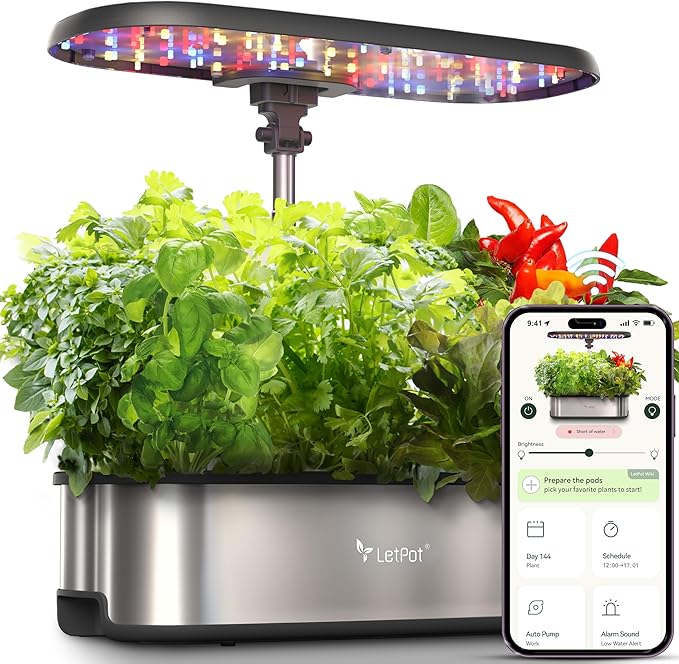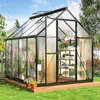Vegetables to Plant In Your Region
Vegetables are essential for a balanced diet, providing vital nutrients like vitamins, minerals, and fiber. They can be enjoyed raw or cooked in various dishes, making them a versatile addition to any meal. Growing your own vegetables is a rewarding practice that ensures fresh produce right from your garden.
Search Plants by Zip Code
Vegetables can be categorized based on the part of the plant consumed: root vegetables (e.g., carrots, turnips), flower/seed vegetables (e.g., tomatoes, beans), and stem/leaf vegetables (e.g., broccoli, celery). The success of your vegetable garden depends on selecting the right types for your location and understanding the environmental factors that affect their growth.
Incorporating vegetables into your garden adds both nutrition and visual appeal. They can be grown in traditional garden beds, containers, or even vertical gardens, making them suitable for various spaces. With proper care, you can enjoy a continuous harvest of fresh vegetables throughout the growing season.
When choosing vegetables to grow, consider their growth habits and space requirements. Some vegetables, like tomatoes and cucumbers, need support structures, while others, like lettuce and radishes, can be grown directly in the ground or in containers. Ensure you select vegetables that are compatible with your climate and soil conditions.

Smart Hydroponic Growing System

Seed Starting Trays

Stainless Steel Garden Tool Set

Wooden Chicken Coop
Beyond their culinary uses, many vegetables have medicinal properties. For instance, garlic is known for its immune-boosting effects, and ginger aids digestion. Growing your own vegetables allows you to have a fresh supply of these beneficial plants at your disposal.
Vegetables can also be used in natural beauty products. Many have properties that benefit the skin and hair, making them ideal for homemade masks, scrubs, and lotions. For example, cucumbers hydrate and soothe the skin, while carrots, rich in beta-carotene, improve skin health.
Proper planting and care are crucial for a successful vegetable garden. Plant vegetables at the correct depth and water them regularly, especially during dry spells. Mulching helps retain moisture and suppress weeds, while regular fertilization with compost or organic fertilizers promotes healthy growth.
Vegetables can be propagated from seeds, cuttings, or transplants. Starting from seeds is cost-effective and allows for a wide variety of plants, while transplants give you a head start on the growing season. Learning different propagation techniques can help you expand your garden and share plants with others.
Some vegetables also serve practical purposes, such as erosion control on slopes. Their deep root systems stabilize the soil and prevent erosion. Additionally, legumes like beans and peas improve soil fertility by fixing nitrogen, benefiting other plants in your garden.
Vegetables can be annuals, perennials, or biennials. Annuals, like tomatoes and peppers, complete their life cycle in one season. Perennials, such as asparagus and rhubarb, return year after year. Biennials, like carrots and beets, take two years to mature. Understanding these categories helps in planning your garden effectively.
Each vegetable has specific growing conditions and maintenance needs. Research the requirements of the vegetables you wish to plant to ensure they thrive. Some vegetables need ample outdoor space, while others, like lettuce and spinach, can be grown in containers with minimal lighting.
Best Vegetables for Every State
Vegetables enhance the beauty and functionality of any garden. Explore our selection of recommended vegetable plants below, or use our search tool to find the best options for your region's climate.






